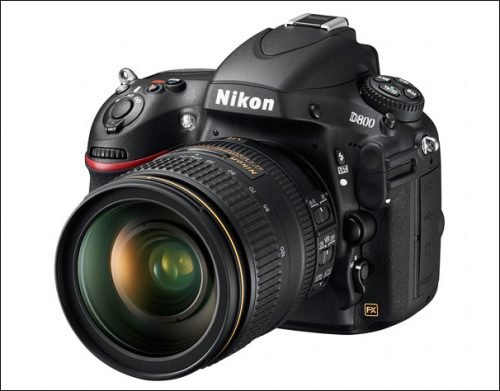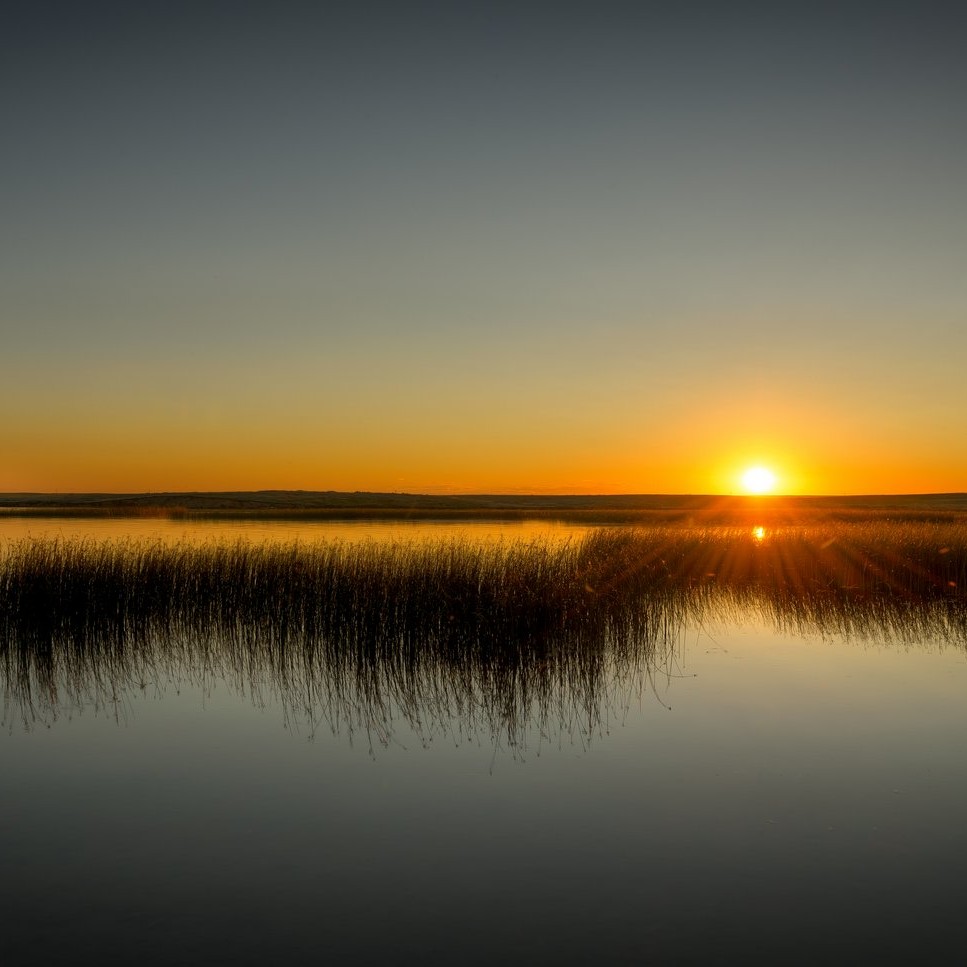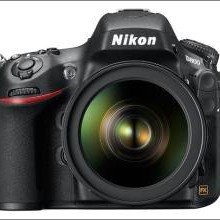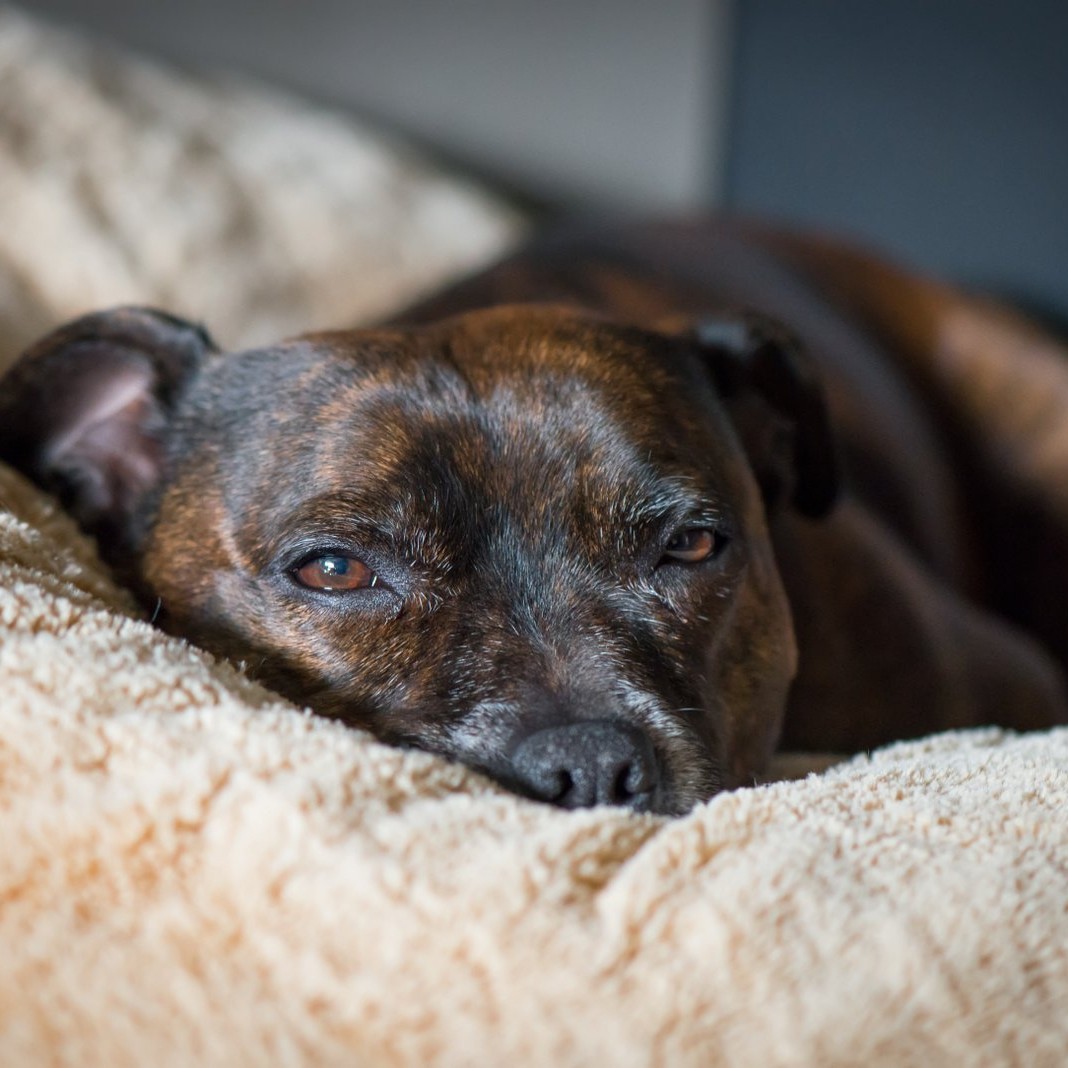Why I chose the Nikon D800 over the D800E
I have been waiting for an update to the Nikon D700 for the better part of a year. During that time, I have sold some DX lenses and bought FX lenses in preparation. The delays were many and I almost picked up a D700 on several occasions and even looked around for a used D3s. I wasn’t in a hurry and still happy with the images my trusty D90 was producing. In the end, the wait was worth it as the D800 looks like a fantastic camera. I think the official specification surprised a lot of people. 36 megapixels, the fancy autofocus and metering from the D4, top notch video, and two models to choose from. I did a rundown of the features I like and don’t like in a previous post, suffice it to say it’s mostly good.
The latest camera announcement from Nikon produced two new bodies, the D800 and D800E. For the first time ever, Nikon has produced a digital SLR camera without an optical lowpass filter, also known as an anti-aliasing (AA) filter or blur filter. This is far from the first camera to ship without the filter though. The Leica M8 and M9 (possibly others) don’t have it, nor do many of the medium format bodies. The two-body strategy has created some turmoil on the various internet forums and blogs as people are confused about which model to buy. I was also confused, and flipped back and forth on which model to invest in until I settled on the D800 (with includes the filter). I’ll outline some of my reasons for the choice, maybe it will help someone else make their decision easier.
First, let me say that I’m an amateur photographer currently shooting a D90. I have enjoyed the hobby for a number of years and plan to continue learning to improve my photography. I have never shot a camera without the AA filter so this announcement threw me for a loop. My initial reaction was to jump on the D800E. Everyone was saying how much better it will be, sharper, more contrast, etc. I got caught up in the “sharper is better” mentality and put a deposit on a D800E. I often shoot in RAW and before exporting to jpeg I always apply some sharpening (if you shoot jpg the camera does some sharpening for you), so I thought that I wouldn’t have to do that if the camera was capturing a sharper image to begin with. I also thought, by proxy, that the D800 would be soft and not give me the level of detail I wanted. Those moiré issues won’t bug me as I shoot landscapes and nature. In the end, a lot of assumptions and not much critical thinking and looking at how I will use the camera. The gadget geek in me wanted the D800E, but in the end the more practical me won the argument.
Below are the reasons I have decided to get the plain ol’ D800 but before I get there I would like to point out that the D800E still has some type of filter, but the effects cancel each other out. If you are producing both types of bodies, this is likely necessary to maintain the integrity of the optical path to the sensor. In the image below, you can see that the light gets split but then re-aligned in the D800E, unlike the D800 where it is split twice. One can assume that this is not the same as removing the filter completely, but doing so would likely mean a slight re-design to the body which makes no sense from a mass production point of view.
An objective look at the D800
Suppose there was no D800E, we would all be saying how great the image quality (IQ) is on the D800 and comparing it to other models on the market. We would be thrilled with the increased resolution and level of detail this camera will provide. Everyone who was planning to get the D800 would by happy. Nikon threw a wrench in the works with the D800E. I think their plan was to provide a camera that appeals to the medium format (MF) crowd. The high resolution and lack of AA filter certainly has a draw for that crowd. The D800 is a much smaller package compared to the MF offerings and would be considered fast by comparison. Many of the MF shooters are working with one frame per second, so 4? WOW.
The availability of the D800E does not make the D800 worse. It will not make softer images or produce results that the vast majority of shooters would not be thrilled with. The sheer resolution of the sensor will make images that were not possible with previous Nikon bodies (save for maybe the D3x).
All other Nikon DSLR bodies have an AA filter
I have seen a lot of stunning images shot with Nikon cameras in the past and never thought that things looked bad or were lacking detail. Images shot with a D3s, D700, and even DX cameras are all shot with the AA filter in front of the sensor. No one was complaining that the AA filter is destroying quality then, and shouldn’t now. Even the new flagship D4 has an AA filter, and I’m sure that will produce fantastic results.
Depth of field
When you are shooting with a fast lens wide open (low f-stop), the plane of focus is not very big. Depending on your distance to the subject, it may be just a sliver. The sharpness advantage of the D800E is only in the plane of focus. The areas that are naturally blurred by the lens are not sharp anyway, so the lack of the AA filter does not come into play. In fact, it would be interesting to see if the lack of an AA filter has any effect on bokeh.
You can increase the depth of field (DoF) by stopping down your lens, though this is not an option for every shot from an artistic point of view. If you do stop down the lens, the plane of focus is wider and the sharpness advantage will increase over the D800, however there is a limit to this. Thom Hogan suggests that f/8 is the aperture where things start to get less sharp due to diffraction. Beyond f/8, diffraction actually reduces the effective resolution and the more you stop down the greater the effect of diffraction. Both models are affected by this, but I speculate that the gap in sharpness is closed between the models as you stop down beyond f/8. I have no scientific basis for this, but it makes sense in my head. We need real-world testing to prove or disprove this.
Look at the D7000
The pixel density of the D7000 is very similar to that in the D800. The D7000 has the AA filter, and produces the best images I have ever seen from a DX camera. They are sharp and have a lot of dynamic range and contrast. The D800 has newer sensor technology, a larger sensor area, and slightly bigger pixels so the results will be even better.
I spend enough time in post production already
When shooting in RAW, processing your images is just part of the workflow. I already spend plenty of time preparing my RAW files for export and I don’t want to spend even more trying to fix moiré problems in my images. They may not crop up all the time, but when they do you will be forced to spend time trying to get rid of it. I have watched several videos online and read many tutorials on the removal of moiré and it isn’t easy. It also affects the quality of the resulting image, possibly more than shooting with an AA filter in the first place. Capture NX2 is supposed to have tools to help, as is Adobe Lightroom 4, but they will not be perfect. I have tried the tools in LR4 Beta and they help with color shifts but don’t do a good job of removing the strange patterns that are introduced.
The D800 is going to be my only DSLR, I most of often shoot landscapes, architecture, and nature. Of those, architecture is the most problematic because of the repeating patterns but moiré can certainly come up anywhere. Inevitably, I will also be shooting pets, friends, family, vacations, and more. I want the camera to perform well in all situations and don’t want to risk the color shift and banding effects that shooting without an AA can introduce.
Video
The D800 introduces some fantastic video features that I’m eager to try out. My D90 has video capability, but it is pathetic. The D800 is likely going to be so good that I may actually try shooting video from time to time. I would have a hard enough time removing artifacts from still images but wouldn’t even know where to begin to remove them from a video clip. I’m sure if I had access to Pixar’s systems and software it would be possible, but I’m a video newbie and prefer to avoid problems than try to fix them after the fact.
Note: I’m not 100% sure that the moiré issues affect the video output, but given what I have read they will. If so, the D800E may not be a good camera for video capture.
What is the real difference?
I have seen a few samples of the D800 and D800E at 100% resolution and there are visible differences between them. Of course, these are Nikon samples and I have yet to see the RAW files from the two bodies showing the same scene, same lens, shot at the same time. It is difficult to compare what the real-world performance will be once these are in photographers hands. Certainly, the difference will not be dramatic as some expect it to be.
The final output of the image is also a factor. If you take 36 megapixel images form either body and shrink it down to a 800×600 jpeg and put it in your blog it’s unlikely you would see any difference. The jpeg compression alone would likely kill any of the minor details captured with the D800E. If you print, I suspect the difference will be minimal or invisible at 4×6, 5×7, … ? I honestly don’t know how big you will need to print an image before differences will be visible.
On screen, when viewing the entire image, the difference will be invisible or subtle. Pixel peepers who view things at 100% on 30″ screens will see the difference, most others will not.
Lens selection is still key
A better lens will make a MUCH bigger difference to overall image quality than removing the AA filter. The D800 will resolve more detail than any other body in the lineup, combined with a quality lens the results will be stunning. Anyone thinking they can use a lesser lens on a D800E will quickly learn that the lens quality is the difference maker.
Technique
Having the extra sharpness of the D800E means nothing if your technique is not able to make use of it. To truly extract that last bit of performance from the E model you need to know what you are doing. If your tripod is not solid even the slightest breeze may soften the results. Understanding of diffraction effects, hand holding steadiness, and your subject are all going to play a part in the final image sharpness. The less you get right, the less difference you will see from a D800.
Conclusion
I was eager to get the D800E but it’s not the best camera for my shooting needs. I will rarely print massive photos, I want to try video, and I will likely shoot a variety of subjects. Also, the ‘if it’s good enough for a D4 it is good enough for my D800’ argument is valid. I’m not planning to test lenses for a living or spend hours shooting test charts and looking at my images at 100%. I want to shoot and have fun, the D800 will let me do that better than a D800E. The fact that I get it three weeks sooner and spend $300 less is just icing on the cake.
Related Posts
Nikon D800 vs iPhone 4S
August 14, 2012
My New Camera, the Nikon D800E
February 11, 2012
Nikon D800 High ISO Test
April 30, 2012






